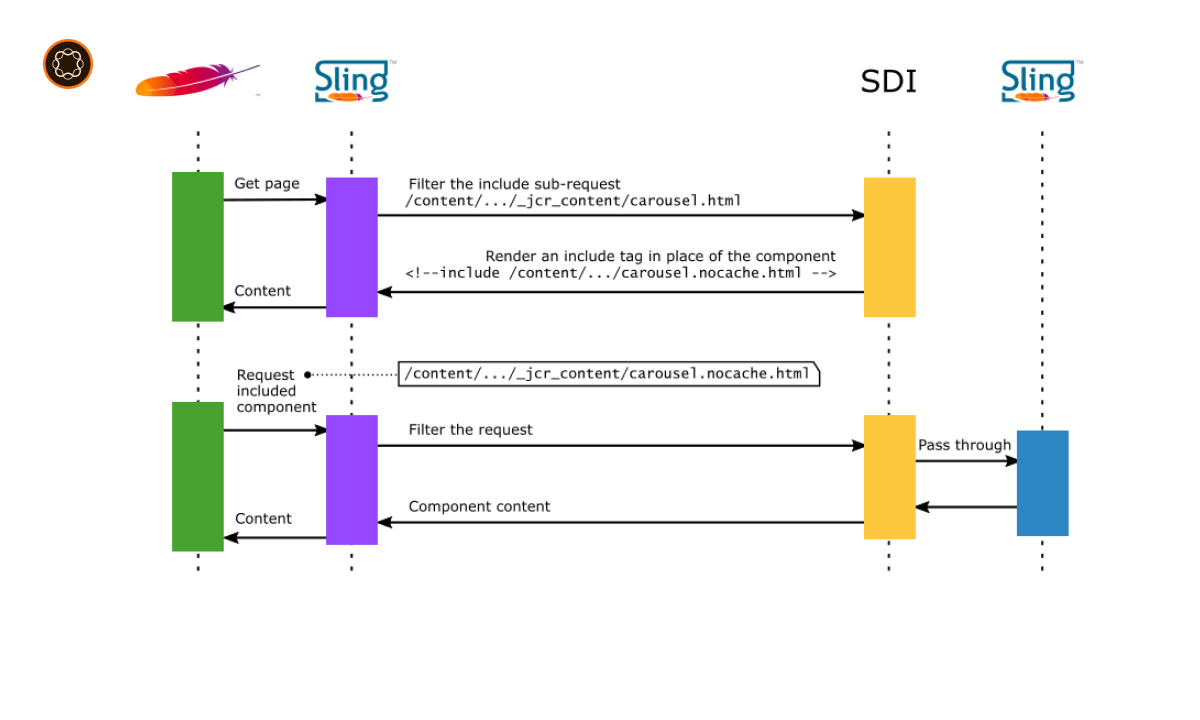Adobe Experience Manager (AEM) is a robust content management system used to create, manage, and optimize digital customer experiences across different channels. One of the powerful features AEM offers to developers is the use of Servlets. This article explores the concept of Servlets in AEM and how they can be effectively used.
Key Takeaways
- Servlets in AEM are server-side programs used to handle client requests and generate dynamic content.
- They are based on the Java Servlet API.
- Servlets can be registered in AEM using either path or resource type.
- Developers can create custom servlets to meet specific application requirements.
- Understanding and using servlets effectively can enhance the interactivity and responsiveness of websites and apps managed by AEM.
Understanding Servlets in AEM
In AEM, a Servlet is a class used in server-side programming to receive a request from the client, process it, and return a response. Servlets are based on the Java Servlet API, a standard Java extension that provides a generic, protocol-independent set of classes and interfaces for creating dynamic content.
Importance of Servlets in AEM
Servlets play a vital role in AEM for several reasons:
- Interactivity: Servlets can generate dynamic content in response to client requests, enhancing the interactivity of websites and apps.
- Efficiency: As server-side components, servlets efficiently process client requests without overloading the client-side with computations.
- Flexibility: Developers can create custom servlets to meet specific application requirements, offering a high degree of flexibility.
Registering Servlets in AEM
In AEM, servlets can be registered in two ways:
- By Path: The servlet is mapped to a specific path, and it will process requests directed to that path.
- By Resource Type: The servlet is associated with a specific resource type, and it will handle requests for resources of that type.
Writing a Custom Servlet
Developers can write custom servlets in AEM to handle specific types of client requests. A custom servlet involves:
- Creating a Java class that extends the HttpServlet class.
- Overriding methods like doGet() or doPost() to handle GET and POST requests, respectively.
- Registering the servlet with AEM using either path or resource type.
Servlets and the Sling Framework
AEM is built upon the Apache Sling framework, which uses a resource-based approach to handle HTTP requests. This means that in AEM, servlets are typically associated with specific resources rather than URLs. This approach enhances the flexibility and usability of servlets within AEM.

Best Practices for Using Servlets in AEM
To make the most of Servlets in AEM, consider the following best practices:
- Use the most specific HTTP methods possible (like GET, POST, PUT, DELETE) in Servlets.
- Do not store user data in Servlets as they are shared among all users.
- Always close resources like database connections in the finally block to avoid resource leaks.
- Use the SlingSafeMethodsServlet for read-only Servlets to ensure thread safety.
Conclusion
Servlets in AEM are a powerful tool for developers, enabling them to handle client requests efficiently and generate dynamic content. Whether it’s registering a servlet by path or resource type, or creating custom servlets to meet specific needs, understanding and using servlets effectively can significantly enhance the functionality and responsiveness of websites and apps managed by AEM.

I’m Kirill Efimov, an experienced AEM developer with over 10 years of experience in Java and web development. I’m skilled in developing AEM components, templates, workflows, and integrations with other systems, and I’m passionate about delivering high-quality solutions to my clients.
I also believe in knowledge-sharing and staying up-to-date with the latest developments in the industry. Through blog posts, tutorials, and speaking engagements, I’m committed to contributing to the AEM community and helping others overcome the challenges they may face in their AEM projects.